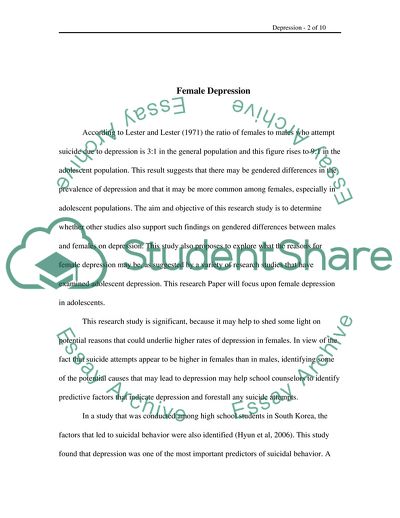Cite this document
(An Investigation of the Etiology of Female Depression Research Paper, n.d.)
An Investigation of the Etiology of Female Depression Research Paper. https://studentshare.org/psychology/1708754-research-paper-an-investigation-of-the-etiology-of-female-depression
An Investigation of the Etiology of Female Depression Research Paper. https://studentshare.org/psychology/1708754-research-paper-an-investigation-of-the-etiology-of-female-depression
(An Investigation of the Etiology of Female Depression Research Paper)
An Investigation of the Etiology of Female Depression Research Paper. https://studentshare.org/psychology/1708754-research-paper-an-investigation-of-the-etiology-of-female-depression.
An Investigation of the Etiology of Female Depression Research Paper. https://studentshare.org/psychology/1708754-research-paper-an-investigation-of-the-etiology-of-female-depression.
“An Investigation of the Etiology of Female Depression Research Paper”. https://studentshare.org/psychology/1708754-research-paper-an-investigation-of-the-etiology-of-female-depression.


